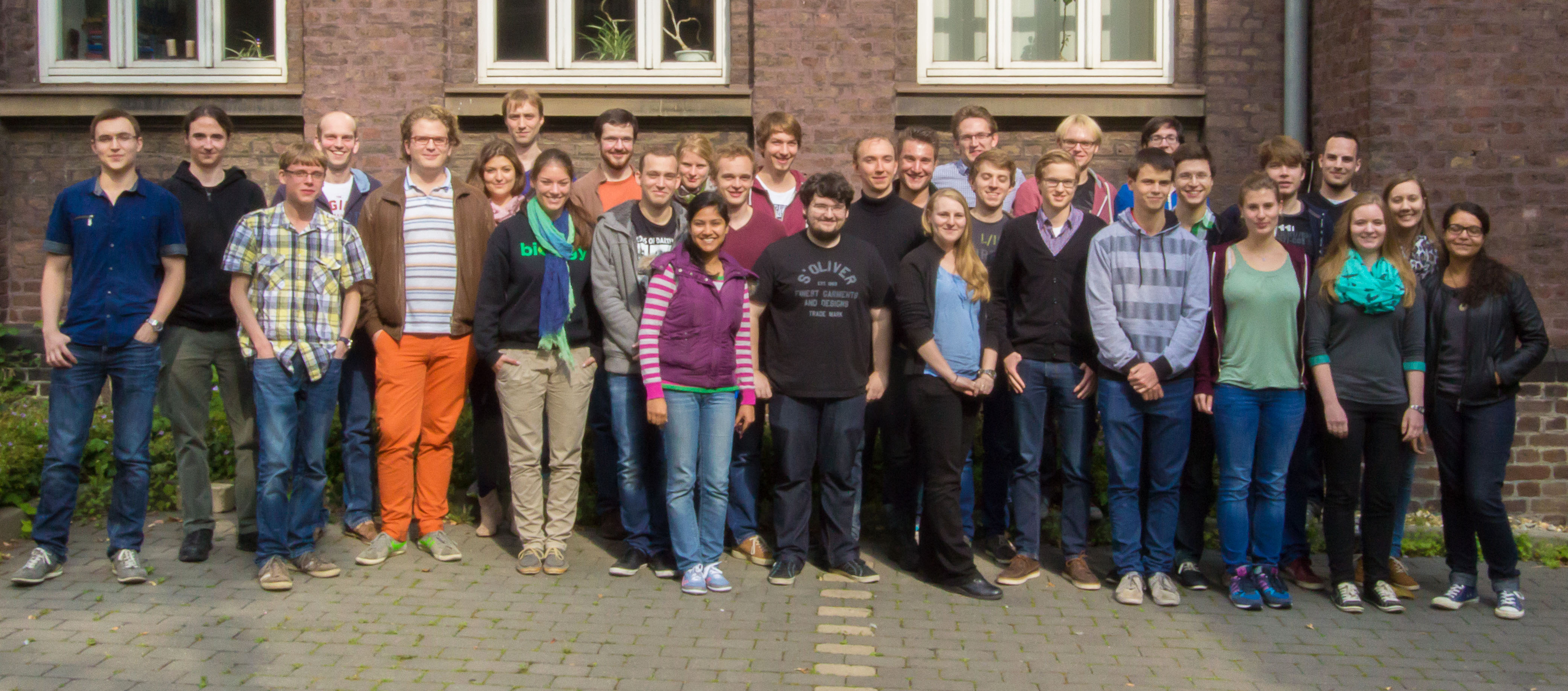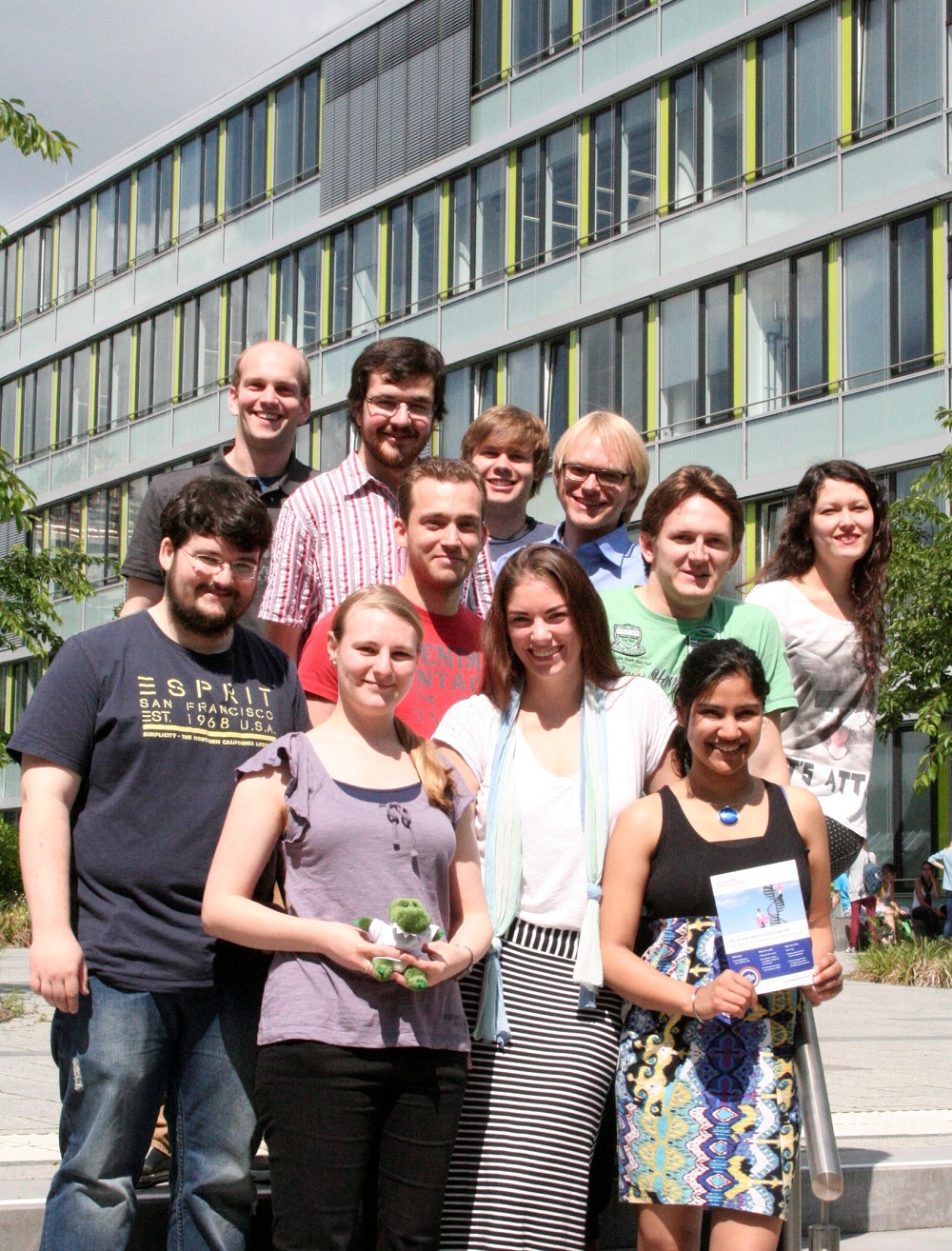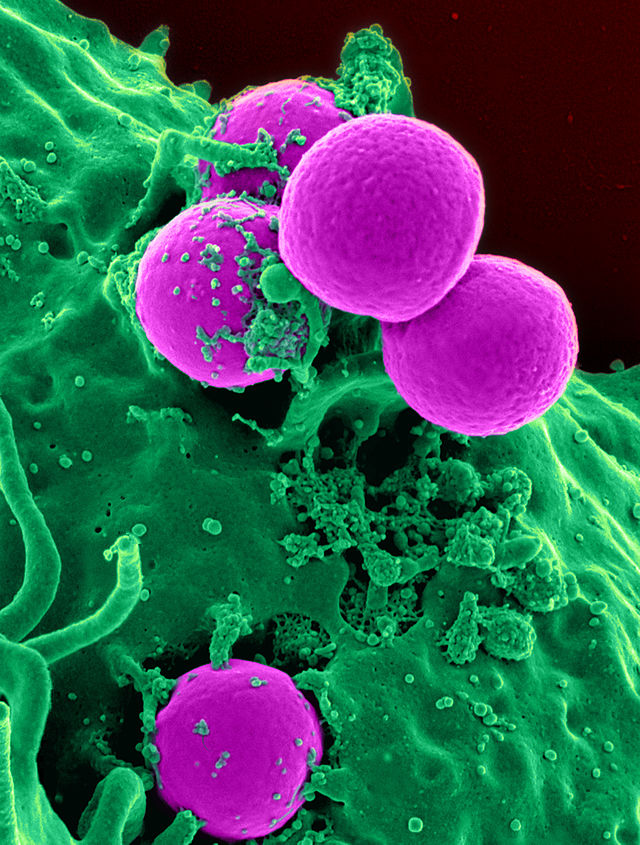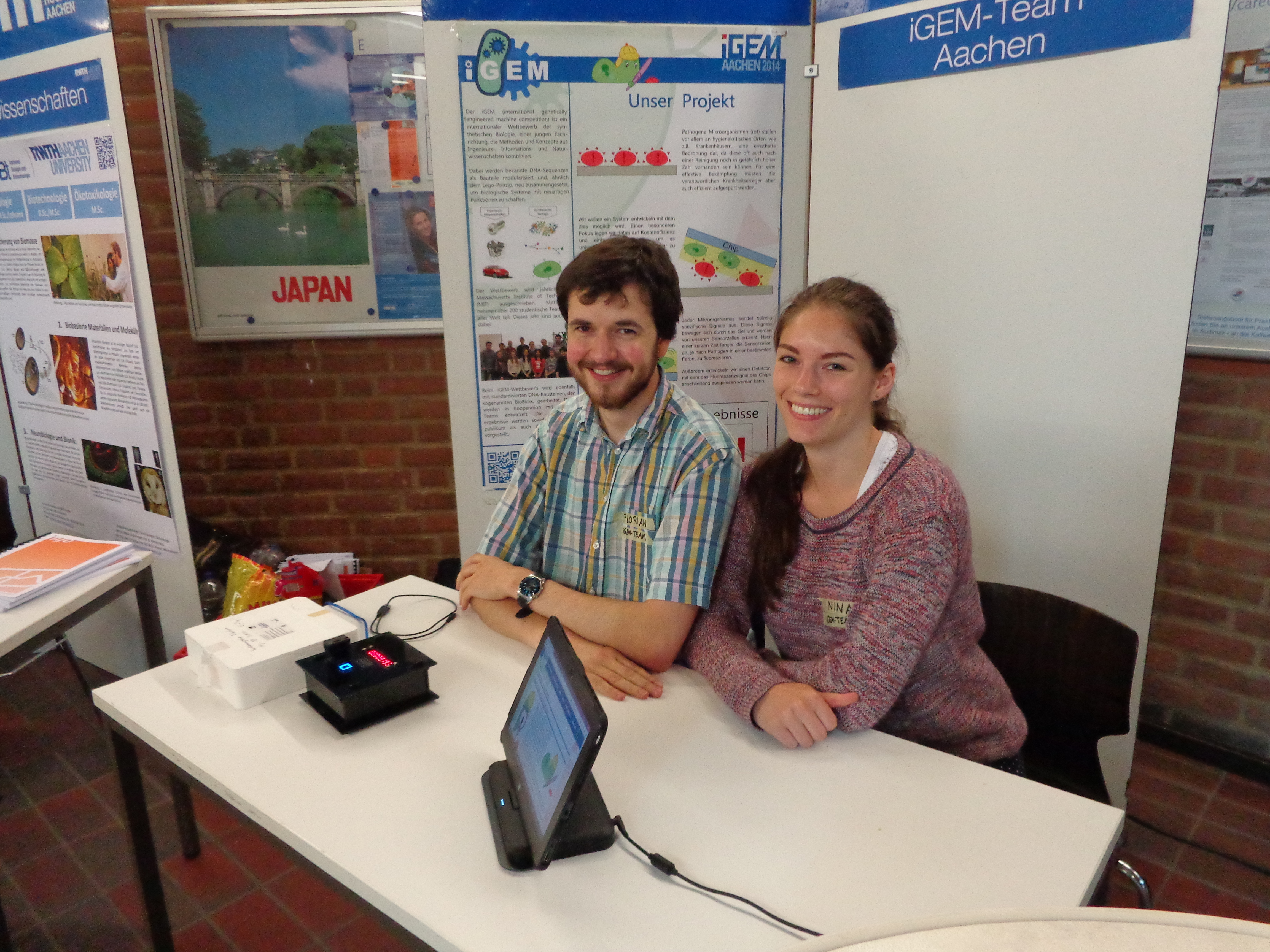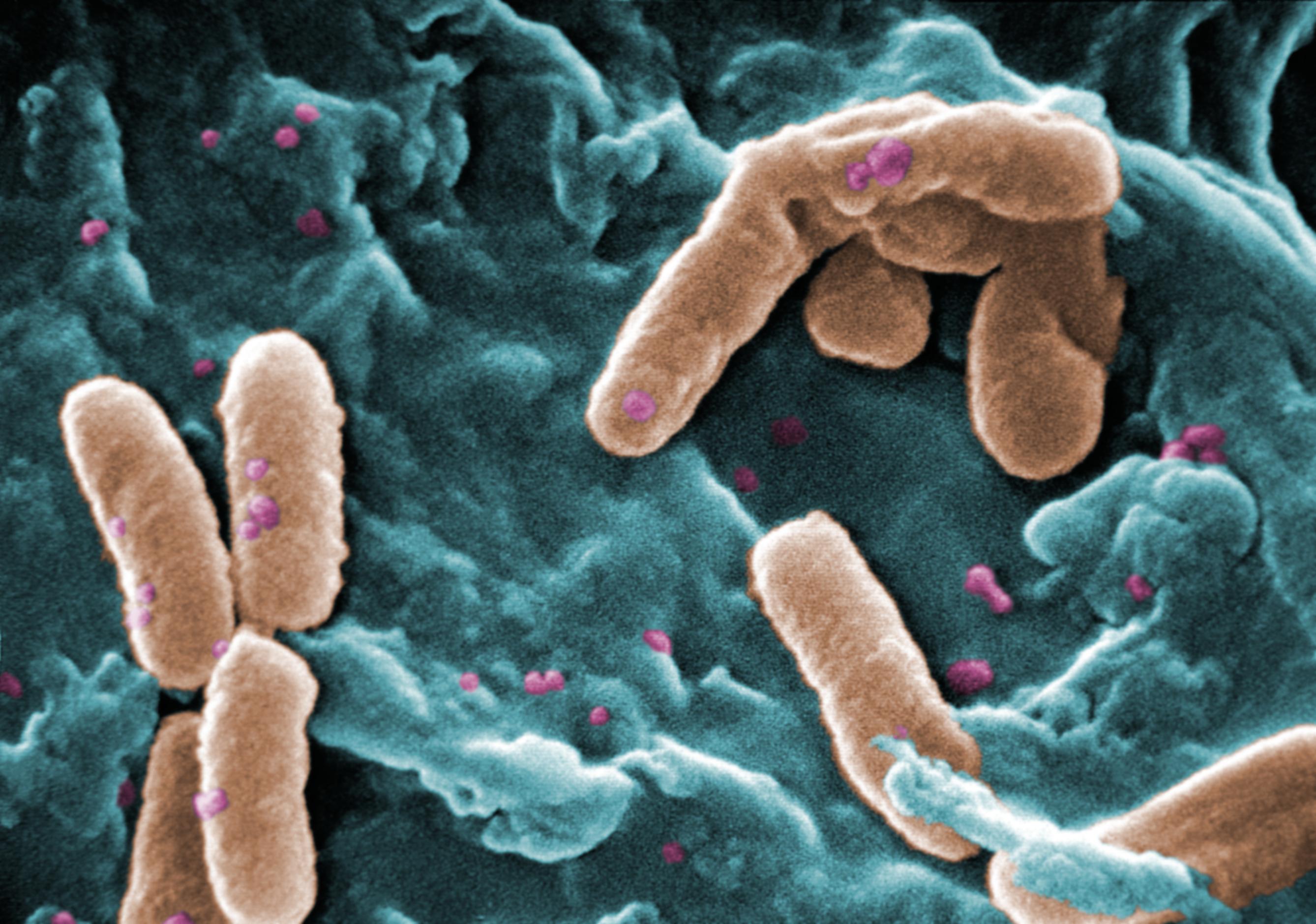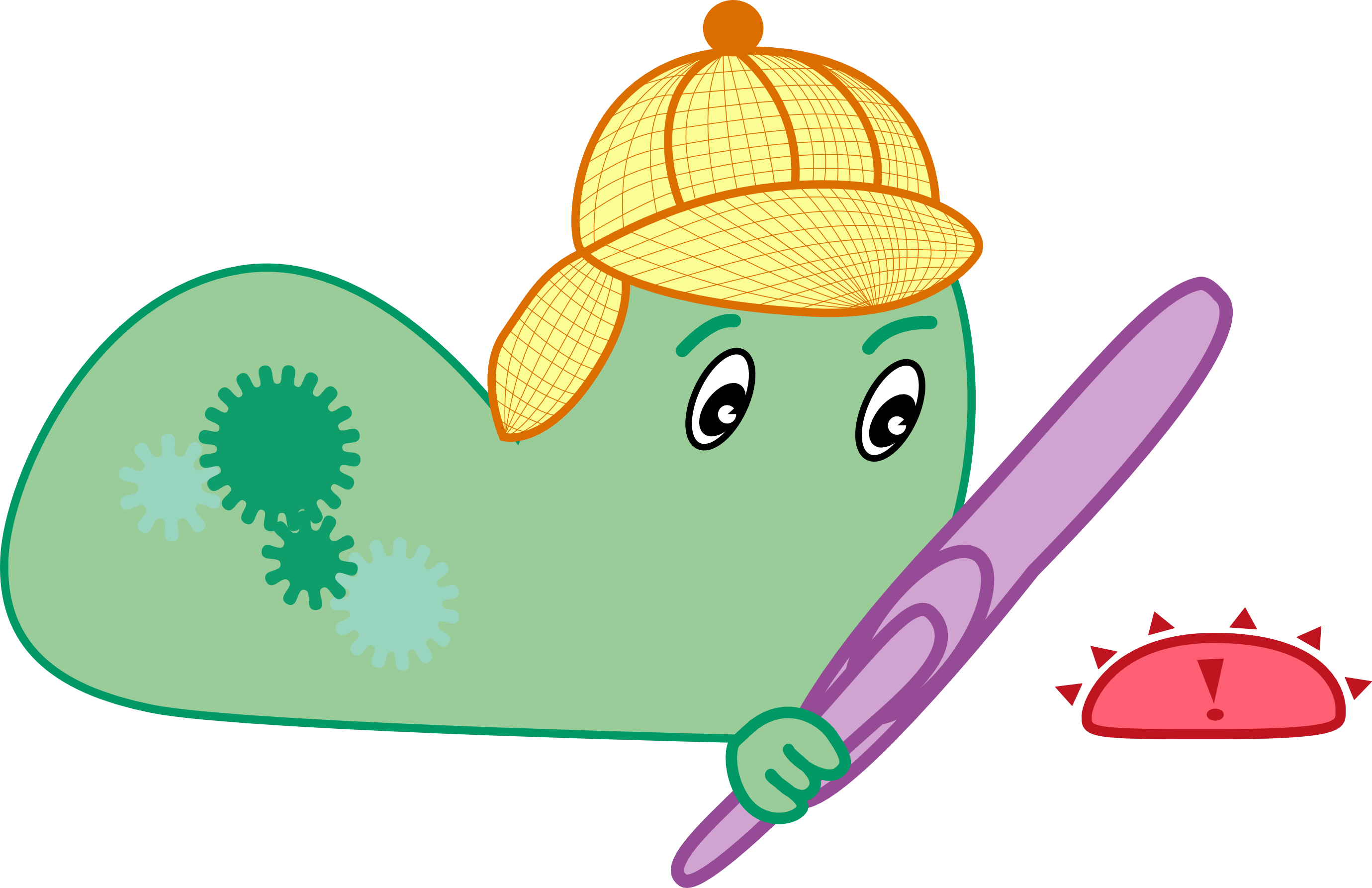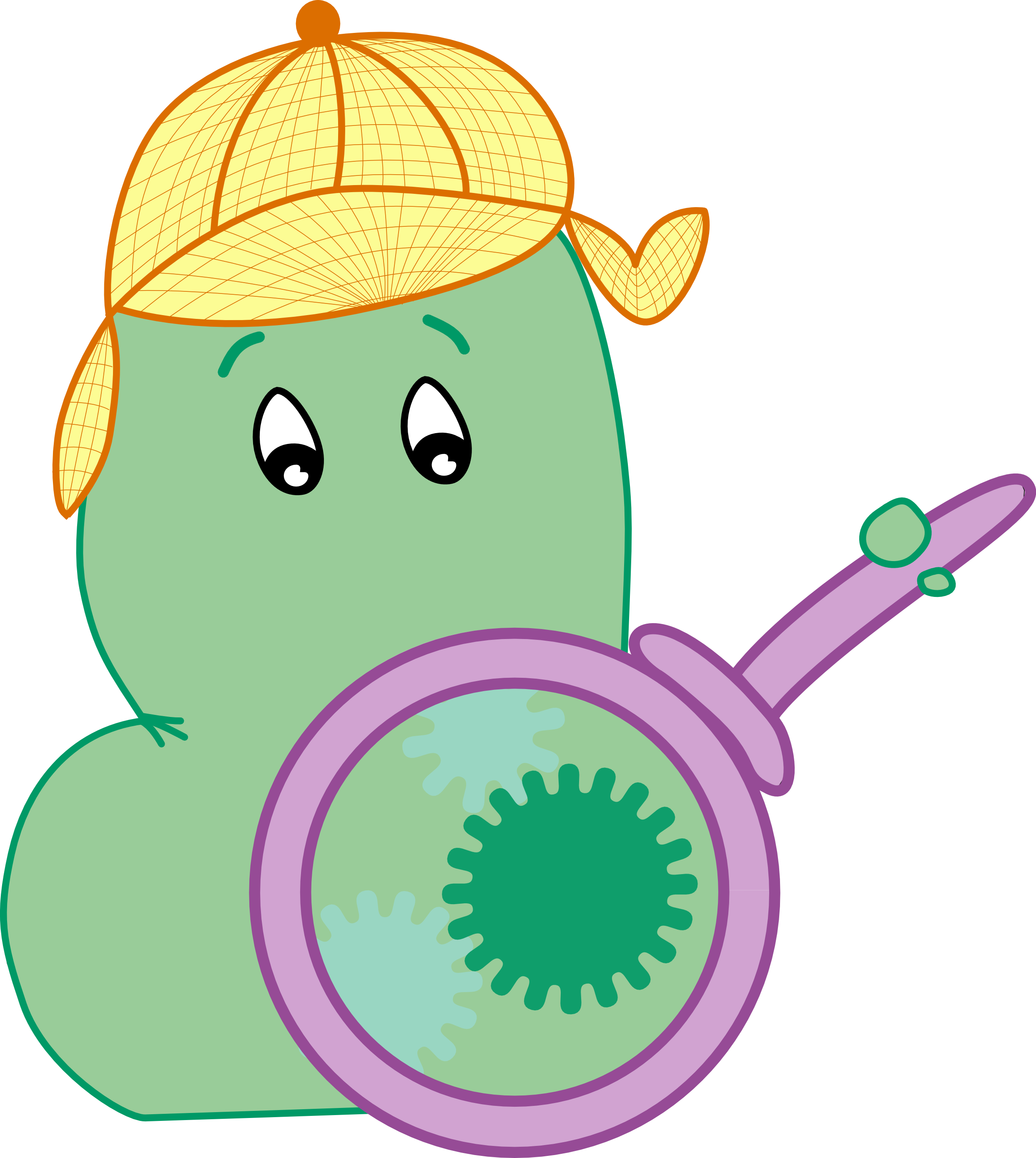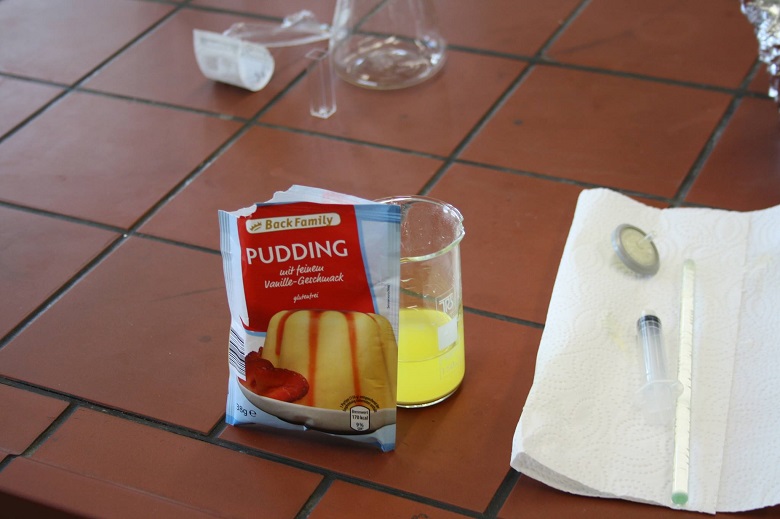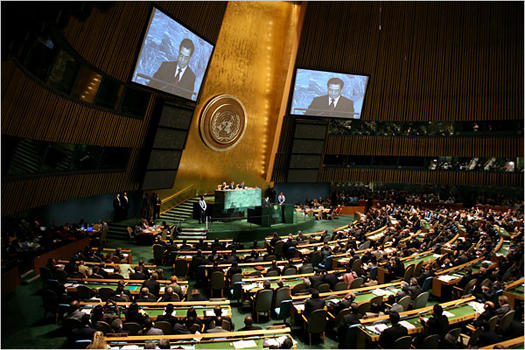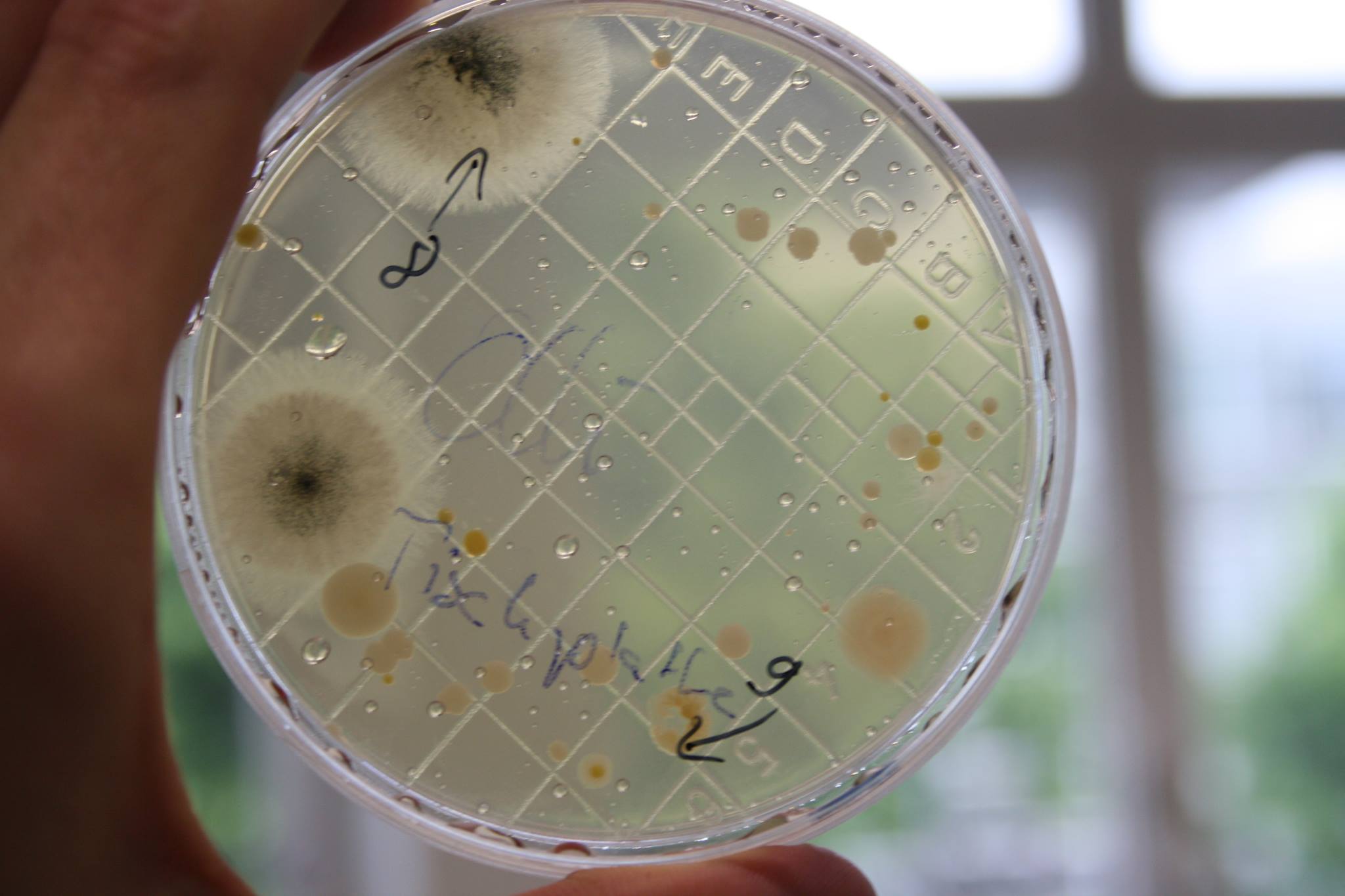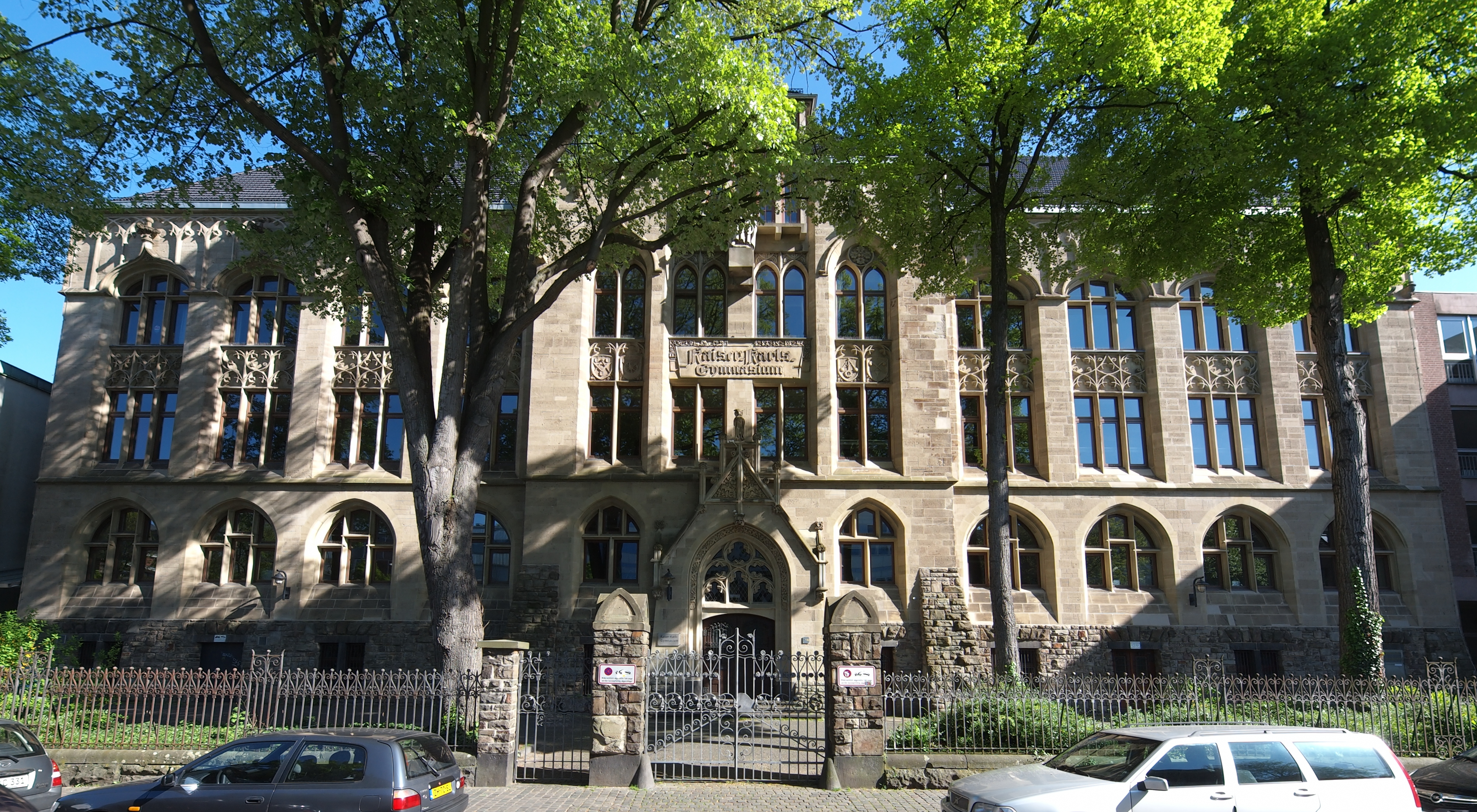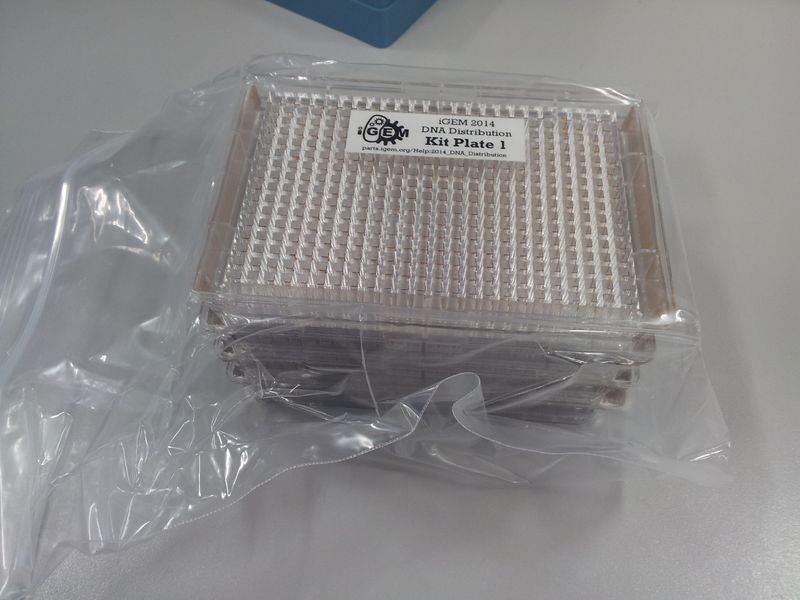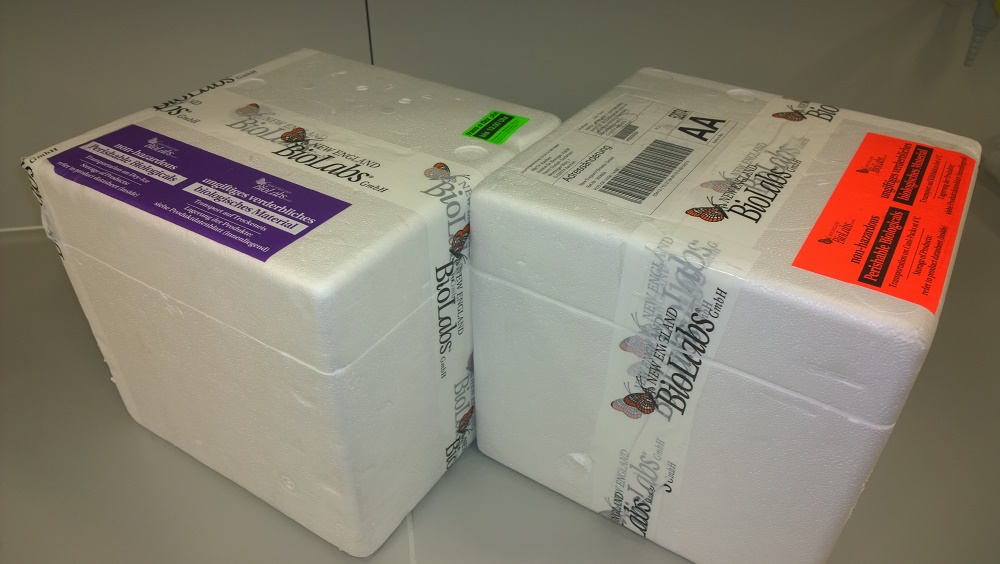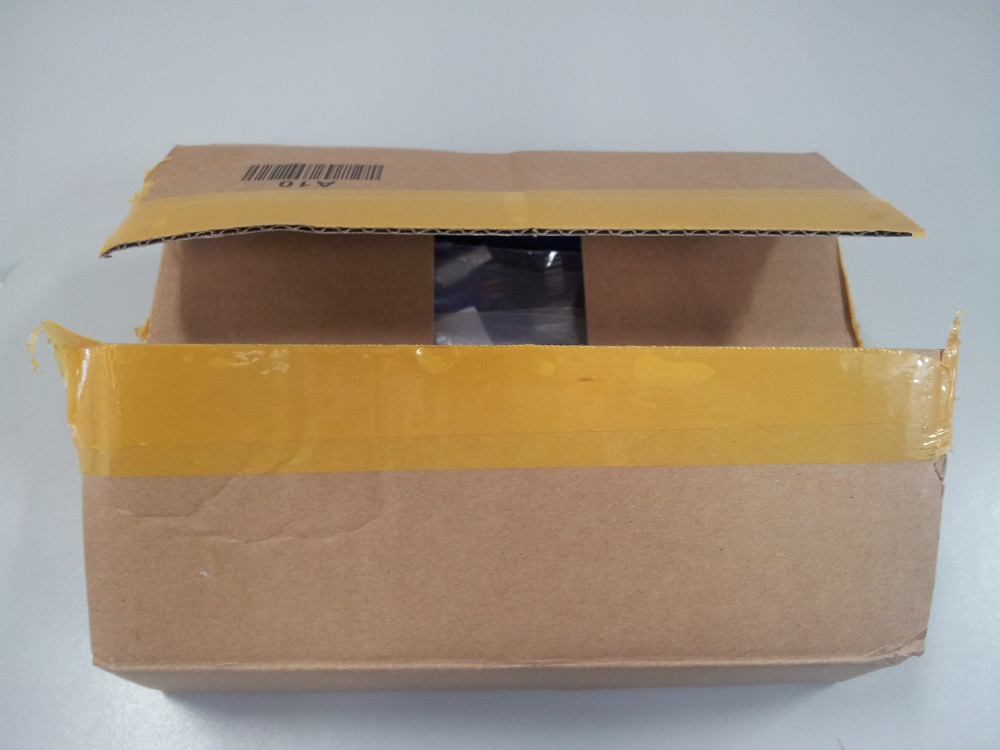Team:Aachen/Blog
From 2014.igem.org
(→Blog #1 - The opening) |
|||
| (27 intermediate revisions not shown) | |||
| Line 2: | Line 2: | ||
{{Team:Aachen/Header}} | {{Team:Aachen/Header}} | ||
{{Template:Team:Aachen/Stylesheet}} | {{Template:Team:Aachen/Stylesheet}} | ||
| - | = Blog #21 - iGEM Meetup Last Weekend - | + | = Blog #21 - iGEM Meetup Last Weekend - A Great Success! = |
by [[User:Nbailly|Nina]] 09:27, 16 September 2014 (CDT) | by [[User:Nbailly|Nina]] 09:27, 16 September 2014 (CDT) | ||
| + | |||
| + | {{Team:Aachen/FigureFloat|Aachen_IGEM_Aachen_Meetup_Gruppenbild_3.jpg|title=Group Picture|subtitle=A final group picture taken by Carsten Ludwig from team Braunschweig.|left|width=500px}} | ||
Last weekend, six iGEM teams from all over Germany – namely Braunschweig, Darmstadt, Bielefeld, Tübingen, Freiburg and Munich – met with our team in Aachen. | Last weekend, six iGEM teams from all over Germany – namely Braunschweig, Darmstadt, Bielefeld, Tübingen, Freiburg and Munich – met with our team in Aachen. | ||
| - | + | The weekend started with a welcome ceremony for all iGEM teams in the Couven hall on our RWTH campus. After our Jeopardy battle, the teams from Bielefeld, Darmstand, Braunschweig, Tübingen, Munich and Aachen presented their project ideas in 15-minute talks to the public audience. [https://2014.igem.org/Team:Aachen/Blog/14-09-16-01 Read more...] | |
| - | + | For a German version of this blog entry, please click [https://2014.igem.org/Team:Aachen/Blog/14-09-16-02 here]. | |
| - | |||
| - | |||
| - | |||
| - | |||
| - | |||
| - | |||
| - | |||
| - | |||
| - | |||
| - | |||
| - | |||
| - | |||
| - | |||
| - | |||
| - | |||
| - | |||
| - | |||
| - | |||
| - | |||
| - | |||
| - | |||
| - | |||
| - | |||
| - | |||
| - | |||
| + | {{Team:Aachen/BlockSeparator}} | ||
= Blog #20 - Won a gene synthesis from Eurofins = | = Blog #20 - Won a gene synthesis from Eurofins = | ||
| Line 46: | Line 24: | ||
[[Image:Aachen_14-07-16_GruppenbildEurofins.jpg|center|300px]] | [[Image:Aachen_14-07-16_GruppenbildEurofins.jpg|center|300px]] | ||
| + | |||
{{Team:Aachen/BlockSeparator}} | {{Team:Aachen/BlockSeparator}} | ||
| - | = Blog #19 - Noneffective Antibiotics (Part III): Have the Pharma Giants Lost The Race? = | + | = Blog #19 - Noneffective Antibiotics (Part III): Have the Pharma Giants Lost The Race?= |
| + | |||
By [[User:NBailly|NBailly]] 15:39, July 15 2014 (CDT) | By [[User:NBailly|NBailly]] 15:39, July 15 2014 (CDT) | ||
| - | {{Team:Aachen/ | + | {{Team:Aachen/FigureFloat|Aachen_David-Goliath-S1-300x261.jpg|left|width=300px|title=David and Goliath|subtitle=Small Companies have taken leading position in antibiotics research. Picture by LegalIT Lawyers.}} |
<html>It is not the big pharma companies that will develop the desperately needed new generation of antibiotics that can even cope with multi-resistant bacteria such as MRSA. Instead, some smaller companies who never gave up researching this field are now future market leaders. As the German business news magazine <a href="http://www.wiwo.de/technologie/forschung/wirkungslose-antibiotika-krankenhaeuser-als-sammelbecken-von-multiresistenten-keimen/10076108-2.html">Wirtschaftswoche</a> reported this June, it is companies like the British-Swedish Astra Zeneca or Hoffmann-La Roche spin off Basilea that are now in a leading position.</html> | <html>It is not the big pharma companies that will develop the desperately needed new generation of antibiotics that can even cope with multi-resistant bacteria such as MRSA. Instead, some smaller companies who never gave up researching this field are now future market leaders. As the German business news magazine <a href="http://www.wiwo.de/technologie/forschung/wirkungslose-antibiotika-krankenhaeuser-als-sammelbecken-von-multiresistenten-keimen/10076108-2.html">Wirtschaftswoche</a> reported this June, it is companies like the British-Swedish Astra Zeneca or Hoffmann-La Roche spin off Basilea that are now in a leading position.</html> | ||
[https://2014.igem.org/Team:Aachen/Blog/14-07-15-01 Read more...] | [https://2014.igem.org/Team:Aachen/Blog/14-07-15-01 Read more...] | ||
| + | |||
{{Team:Aachen/BlockSeparator}} | {{Team:Aachen/BlockSeparator}} | ||
| Line 61: | Line 42: | ||
By [[User:NBailly|NBailly]] 17:21, July 14 2014 (CDT) | By [[User:NBailly|NBailly]] 17:21, July 14 2014 (CDT) | ||
| - | {{Team:Aachen/ | + | {{Team:Aachen/FigureFloat|Aachen_mrsa.jpg|width=200px|left|title=SEM of a human immune cell ingesting MRSA|subtitle=Picture by NIAID.}} |
<html>In their article <a href="http://www.wiwo.de/technologie/forschung/wirkungslose-antibiotika-krankenhaeuser-als-sammelbecken-von-multiresistenten-keimen/10076108-2.html">Noneffective Antibiotics</a> published in June, the German business news magazine Wirtschaftswoche explains it as follows: Antibiotics are the natural weapon of molds or soil microbes against competing bacterial growth. These bacteria under siege in turn counterattack with resistances: attack and defense – the natural course of evolution. Thus it was only natural, too, that since the first human use of penicillin and co., pathogens have developed strategies in order to escape the antibiotics’ effect albeit these drugs are quite insidious weapons.</html> [https://2014.igem.org/Team:Aachen/Blog/14-07-14-01 Read more...] | <html>In their article <a href="http://www.wiwo.de/technologie/forschung/wirkungslose-antibiotika-krankenhaeuser-als-sammelbecken-von-multiresistenten-keimen/10076108-2.html">Noneffective Antibiotics</a> published in June, the German business news magazine Wirtschaftswoche explains it as follows: Antibiotics are the natural weapon of molds or soil microbes against competing bacterial growth. These bacteria under siege in turn counterattack with resistances: attack and defense – the natural course of evolution. Thus it was only natural, too, that since the first human use of penicillin and co., pathogens have developed strategies in order to escape the antibiotics’ effect albeit these drugs are quite insidious weapons.</html> [https://2014.igem.org/Team:Aachen/Blog/14-07-14-01 Read more...] | ||
| + | |||
{{Team:Aachen/BlockSeparator}} | {{Team:Aachen/BlockSeparator}} | ||
| Line 80: | Line 62: | ||
By [[User:NBailly|NBailly]] 15:22, June 29 2014 (CDT) | By [[User:NBailly|NBailly]] 15:22, June 29 2014 (CDT) | ||
| - | {{Team:Aachen/ | + | {{Team:Aachen/FigureFloat|Aachen_14-06-28_Erstinfotag_(2).JPG|left|width=300px|title=Our iGEM stand|subtitle=[[User:NBailly|Nina]] and [[User:fgohr|Florian]] showed students how they can get involved in research outside of the programs..}} |
<html>Yesterday, RWTH organized an <a href="http://www.rwth-aachen.de/cms/root/Studium/Vor_dem_Studium/Liste/~tfg/ErstInfoTag-Entdecke-die-Welt-des-Studi/">open house</a> for students from ages 14 to 16. Different departments, institutes and student councils presented exhibits, latest research projects, and the many programs they offer. Students could actively try out science and research in prepared experiments at each stand. Various groups of student representatives also offered first hand advice to students with respect to what to study and when and where to collect information. In presentations about the different fields of studies, students gained first insights into the world of academic professions and other career perspectives.</html> [https://2014.igem.org/Team:Aachen/Blog/14-06-29-01 Read more...] | <html>Yesterday, RWTH organized an <a href="http://www.rwth-aachen.de/cms/root/Studium/Vor_dem_Studium/Liste/~tfg/ErstInfoTag-Entdecke-die-Welt-des-Studi/">open house</a> for students from ages 14 to 16. Different departments, institutes and student councils presented exhibits, latest research projects, and the many programs they offer. Students could actively try out science and research in prepared experiments at each stand. Various groups of student representatives also offered first hand advice to students with respect to what to study and when and where to collect information. In presentations about the different fields of studies, students gained first insights into the world of academic professions and other career perspectives.</html> [https://2014.igem.org/Team:Aachen/Blog/14-06-29-01 Read more...] | ||
| Line 89: | Line 71: | ||
By [[User:NBailly|NBailly]] 17:06, June 23 2014 (CDT) | By [[User:NBailly|NBailly]] 17:06, June 23 2014 (CDT) | ||
| - | {{Team:Aachen/ | + | {{Team:Aachen/FigureFloat|Aachen_SEM_of_Pseudomonas_aeruginosa.jpg|width=400px|title= SEM of ''Pseudomonas aeruginosa''|subtitle=Picture by Janice Haney Carr.}} |
<html>Are we soon going to be dying of pneumonia again? It is almost unimaginable, but the danger that our antibiotics will soon fail against plagues thought to be conquered a long time ago, is eminent. In fact, the situation has grown very acute. The all-purpose weapon antibiotic is on the verge of losing its vigor since many pathogens, such as the pneumonia causing bacterium <i>Pseudomonas aeruginosa</i> , have become resistant. Experts of the World Health Organization (WHO) have already raised a loud alarm: In their recently published first <a href="http://www.who.int/drugresistance/documents/surveillancereport/en/" title="WHO Antimicrobial resistance: global report on surveillance 2014" target="_blank">global resistance report</a>, they are drawing a rather apocalyptic picture. If nothing is done, doctors soon might not be able to do anything but stand helplessly next to their patients while they are dying from nowadays easily curable diseases or even smallest wound infections.</html> [https://2014.igem.org/Team:Aachen/Blog/14-06-23-01 Read more...] | <html>Are we soon going to be dying of pneumonia again? It is almost unimaginable, but the danger that our antibiotics will soon fail against plagues thought to be conquered a long time ago, is eminent. In fact, the situation has grown very acute. The all-purpose weapon antibiotic is on the verge of losing its vigor since many pathogens, such as the pneumonia causing bacterium <i>Pseudomonas aeruginosa</i> , have become resistant. Experts of the World Health Organization (WHO) have already raised a loud alarm: In their recently published first <a href="http://www.who.int/drugresistance/documents/surveillancereport/en/" title="WHO Antimicrobial resistance: global report on surveillance 2014" target="_blank">global resistance report</a>, they are drawing a rather apocalyptic picture. If nothing is done, doctors soon might not be able to do anything but stand helplessly next to their patients while they are dying from nowadays easily curable diseases or even smallest wound infections.</html> [https://2014.igem.org/Team:Aachen/Blog/14-06-23-01 Read more...] | ||
| + | |||
{{Team:Aachen/BlockSeparator}} | {{Team:Aachen/BlockSeparator}} | ||
| Line 97: | Line 80: | ||
By [[User:NBailly|NBailly]] 21:11, June 12 2014 (CDT) | By [[User:NBailly|NBailly]] 21:11, June 12 2014 (CDT) | ||
| - | + | {{Team:Aachen/FigureFloat|Cellock_liegend.png|left|width=300px}} | |
| + | |||
Our "Synthetic Biology" teaching module has come to an end. Today was our last day at Kaiser-Karl-Gymnasium in Aachen, where we have worked together with a grade 9 biology-chemistry class for past 1 1/2 months. <!--more-->The students have learned about the iGEM and synthetic biology in general. We presented our project to the class, and explained various aspects for our endeavour in more detail. | Our "Synthetic Biology" teaching module has come to an end. Today was our last day at Kaiser-Karl-Gymnasium in Aachen, where we have worked together with a grade 9 biology-chemistry class for past 1 1/2 months. <!--more-->The students have learned about the iGEM and synthetic biology in general. We presented our project to the class, and explained various aspects for our endeavour in more detail. | ||
To give interested students some overview of how they can get involved in synthetic biology, Vera, Florian, Ansgar and Björn gave short presentations about each university program at RWTH represented in our team. [https://2014.igem.org/Team:Aachen/Blog/14-06-12-01 Read more...] | To give interested students some overview of how they can get involved in synthetic biology, Vera, Florian, Ansgar and Björn gave short presentations about each university program at RWTH represented in our team. [https://2014.igem.org/Team:Aachen/Blog/14-06-12-01 Read more...] | ||
| + | |||
{{Team:Aachen/BlockSeparator}} | {{Team:Aachen/BlockSeparator}} | ||
| Line 110: | Line 95: | ||
[[File:Cellock_stehend.png|center|300px|frameless]] | [[File:Cellock_stehend.png|center|300px|frameless]] | ||
| + | |||
{{Team:Aachen/BlockSeparator}} | {{Team:Aachen/BlockSeparator}} | ||
| Line 116: | Line 102: | ||
By [[User:NBailly|NBailly]] 16:16, June 02 2014 (CDT) | By [[User:NBailly|NBailly]] 16:16, June 02 2014 (CDT) | ||
| - | {{Team:Aachen/ | + | {{Team:Aachen/FigureFloat|Aachen KKG (15).jpg|left|width=300px|title=Our iGEM stand|subtitle=Things needed for a cool experiment.}} |
The topics of today's double lesson was quorum sensing as well as measurement of fluorescence. At the beginning of class, the students form 6 groups and start an experiment dealing with fluorescence: Each group weighs and dissolves 4g of vanilla pudding powder in 50mL of water. While conducting the experiment, each group is supervised by a member of our iGEM team. [https://2014.igem.org/Team:Aachen/Blog/14-06-02-01 Read more...] | The topics of today's double lesson was quorum sensing as well as measurement of fluorescence. At the beginning of class, the students form 6 groups and start an experiment dealing with fluorescence: Each group weighs and dissolves 4g of vanilla pudding powder in 50mL of water. While conducting the experiment, each group is supervised by a member of our iGEM team. [https://2014.igem.org/Team:Aachen/Blog/14-06-02-01 Read more...] | ||
| Line 125: | Line 111: | ||
By [[User:NBailly|NBailly]] 15:42, May 31 2014 (CDT) | By [[User:NBailly|NBailly]] 15:42, May 31 2014 (CDT) | ||
| - | {{Team:Aachen/ | + | {{Team:Aachen/FigureFloat|Aachen HuClimateUN.jpg|width=300px|title=UN Climate Change Conference|subtitle=Summits like the UN Climate Change Conference are the wrong approach to problems such as antibiotic resistances, says Lars Fischer. Picture from the Intern Blog of American University.}} |
International collaborations against antibiotic resistances are all well and good, but the UN Climate Change conference of all collaborations shows why coordination at the government level is the wrong approach, says Lars Fischer, editorial journalist at "Spektrum Der Wissenschaft". | International collaborations against antibiotic resistances are all well and good, but the UN Climate Change conference of all collaborations shows why coordination at the government level is the wrong approach, says Lars Fischer, editorial journalist at "Spektrum Der Wissenschaft". | ||
Not even a century ago, the discovery of antibiotics caused a decisive turn for the better in the millennia-long battle against infectious diseases. But while many already saw pathogenic agents eradicated and a golden age of medicine seemed within reach, we have now however reached an abyss: a dramatic relapse into a world looms ahead, where microorganisms are again rulers over life and death. | Not even a century ago, the discovery of antibiotics caused a decisive turn for the better in the millennia-long battle against infectious diseases. But while many already saw pathogenic agents eradicated and a golden age of medicine seemed within reach, we have now however reached an abyss: a dramatic relapse into a world looms ahead, where microorganisms are again rulers over life and death. | ||
The threat emanating from the increasing antibiotic resistances is existential—for every one of us, as well as the countries and society itself. That the world community unites in a supranational board in order to face the latter, suggests itself. However, as alluring as the vision of an intergovernmental panel on antimicrobial resistance may be, as evoked by Mark Woolhouse and Jeremy Farrar (authors of the Nature article "Policy: An intergovernmental panel on antimicrobial resistance", published May 2014), this thought is gravely mistaken. [https://2014.igem.org/Team:Aachen/Blog/14-05-31-01 Read more...] | The threat emanating from the increasing antibiotic resistances is existential—for every one of us, as well as the countries and society itself. That the world community unites in a supranational board in order to face the latter, suggests itself. However, as alluring as the vision of an intergovernmental panel on antimicrobial resistance may be, as evoked by Mark Woolhouse and Jeremy Farrar (authors of the Nature article "Policy: An intergovernmental panel on antimicrobial resistance", published May 2014), this thought is gravely mistaken. [https://2014.igem.org/Team:Aachen/Blog/14-05-31-01 Read more...] | ||
| + | |||
{{Team:Aachen/BlockSeparator}} | {{Team:Aachen/BlockSeparator}} | ||
| Line 136: | Line 123: | ||
By [[User:NBailly|NBailly]] 16:05, May 26 2014 (CDT) | By [[User:NBailly|NBailly]] 16:05, May 26 2014 (CDT) | ||
| - | + | {{Team:Aachen/FigureFloat|10404745_641111075966352_965198584_o.jpg|right|width=200px}} | |
| - | Last lesson students at Kaiser-Karl-Gymnasium took environmental samples using a variety of different contact agar plates. On the weekend, René examined the plates under the microscope and took photos. Today [[User:R.hanke|René]] and [[User:NBailly|Nina]] present the students the results of the experiment.<!--more--> But first, we showed the students an excerpt from the TV show "Planetopia" that broaches the issue "Hygiene in every-day life". [https://2014.igem.org/Team:Aachen/Blog/14-05- | + | |
| + | Last lesson students at Kaiser-Karl-Gymnasium took environmental samples using a variety of different contact agar plates. On the weekend, René examined the plates under the microscope and took photos. Today [[User:R.hanke|René]] and [[User:NBailly|Nina]] present the students the results of the experiment.<!--more--> But first, we showed the students an excerpt from the TV show "Planetopia" that broaches the issue "Hygiene in every-day life". [https://2014.igem.org/Team:Aachen/Blog/14-05-26-01 Read more...] | ||
| + | |||
{{Team:Aachen/BlockSeparator}} | {{Team:Aachen/BlockSeparator}} | ||
| Line 149: | Line 138: | ||
So stay tuned! | So stay tuned! | ||
| + | |||
{{Team:Aachen/BlockSeparator}} | {{Team:Aachen/BlockSeparator}} | ||
| Line 155: | Line 145: | ||
By [[User:NBailly|NBailly]] 16:00, May 22 2014 (CDT) | By [[User:NBailly|NBailly]] 16:00, May 22 2014 (CDT) | ||
| - | + | {{Team:Aachen/FigureFloat|Aachen_Kaiser-Karls-Gymnasium.jpg|right|width=200px}} | |
| + | |||
Hello iGEM enthusiasts, | Hello iGEM enthusiasts, | ||
Since our last visit, the student of the biology-chemistry course at Kaiser-Karl-Gymnasium in Aachen have been busy studying the basics of protein biosynthesis and the "lock and key" model. Now the 9th graders are prepared to have a closer look at synthetic biology and our project. | Since our last visit, the student of the biology-chemistry course at Kaiser-Karl-Gymnasium in Aachen have been busy studying the basics of protein biosynthesis and the "lock and key" model. Now the 9th graders are prepared to have a closer look at synthetic biology and our project. | ||
[https://2014.igem.org/Team:Aachen/Blog/14-05-22-01 Read more...] | [https://2014.igem.org/Team:Aachen/Blog/14-05-22-01 Read more...] | ||
| + | |||
{{Team:Aachen/BlockSeparator}} | {{Team:Aachen/BlockSeparator}} | ||
| Line 166: | Line 158: | ||
By [[User:AZimmermann|AZimmermann]] 16:02, May 12 2014 (CDT) | By [[User:AZimmermann|AZimmermann]] 16:02, May 12 2014 (CDT) | ||
| - | + | {{Team:Aachen/FigureFloat|Aachen_Biobricks_arrival_2014.jpg|left|width=300px}} | |
| + | |||
Hello iGEM enthusiasts, | Hello iGEM enthusiasts, | ||
we have finally gotten the iGEM 2014 biobricks! | we have finally gotten the iGEM 2014 biobricks! | ||
| Line 175: | Line 168: | ||
So stay tuned! | So stay tuned! | ||
| + | |||
{{Team:Aachen/BlockSeparator}} | {{Team:Aachen/BlockSeparator}} | ||
| Line 206: | Line 200: | ||
</div> | </div> | ||
</html> | </html> | ||
| + | |||
{{Team:Aachen/BlockSeparator}} | {{Team:Aachen/BlockSeparator}} | ||
| Line 239: | Line 234: | ||
</div> | </div> | ||
</html> | </html> | ||
| + | |||
{{Team:Aachen/BlockSeparator}} | {{Team:Aachen/BlockSeparator}} | ||
| Line 262: | Line 258: | ||
In today's lesson, our members [[User:NBailly|Nina]] and [[User:R.hanke|René]] offered the students a short impression of what to expect in the course of this teaching module. We also explained synthetic biology and the goal of our project. | In today's lesson, our members [[User:NBailly|Nina]] and [[User:R.hanke|René]] offered the students a short impression of what to expect in the course of this teaching module. We also explained synthetic biology and the goal of our project. | ||
| + | |||
{{Team:Aachen/BlockSeparator}} | {{Team:Aachen/BlockSeparator}} | ||
| Line 294: | Line 291: | ||
Guess what we are building? | Guess what we are building? | ||
| + | |||
{{Team:Aachen/BlockSeparator}} | {{Team:Aachen/BlockSeparator}} | ||
| Line 300: | Line 298: | ||
By [[User:AZimmermann|AZimmermann]] 10:31, April 24 2014 (CDT) | By [[User:AZimmermann|AZimmermann]] 10:31, April 24 2014 (CDT) | ||
| - | + | {{Team:Aachen/FigureFloat|Aachen_Opening_Arduino_Box.jpg|width=250px}} | |
Hello everyone, | Hello everyone, | ||
the iGEM competition has officially started and we are taking part! | the iGEM competition has officially started and we are taking part! | ||
Latest revision as of 03:37, 18 October 2014
|
|
|
|
|
|
|
|
|
|
|
|
|
|
|
|
|
|
|
|
|
 "
"
